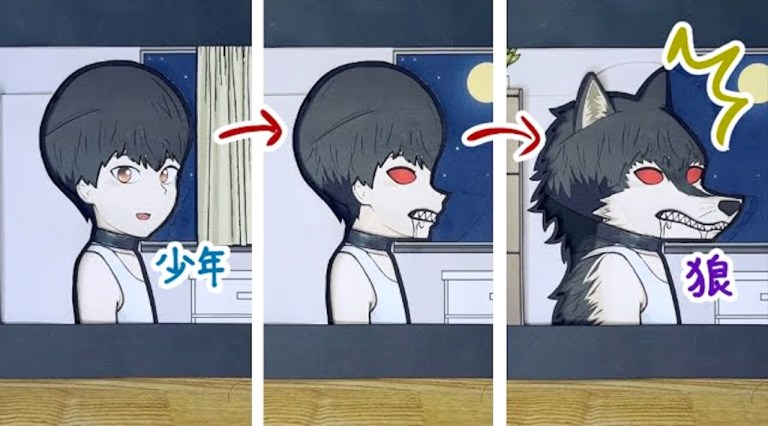SciShow Explains Why Swiss Cheese Has Holes
After explaining why feet smell like Doritos, SciShow is taking on its second most-asked cheese-related question: namely, why does the Swiss variety have holes? The answer lies in fermentation. During the process, bacteria feed on lactose and excrete waste, which comes in a number of different forms, including carbon dioxide.
As the bacteria are in their little cave, eating lactose and excreting carbon dioxide, the gas gets trapped inside the cheese rind and forms bubbles. If you’re making a soft cheese, these gas bubbles can leak out of the rind, but Swiss cheese is more dense, so these bubbles get left behind and form air pockets.
The size of the holes — known as “eyes” by cheese makers — can be be changed by altering elements like acidity, aging time and temperature.






